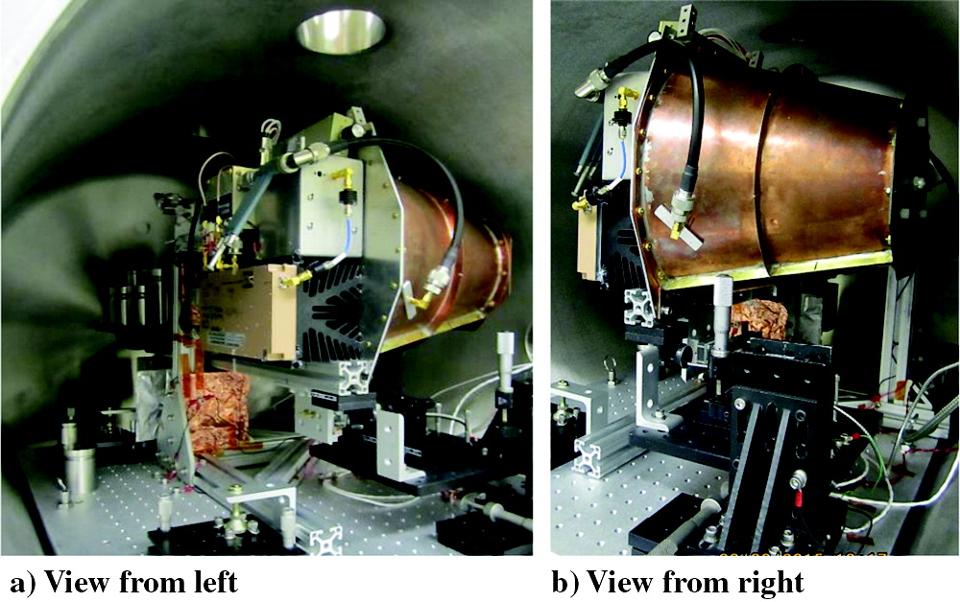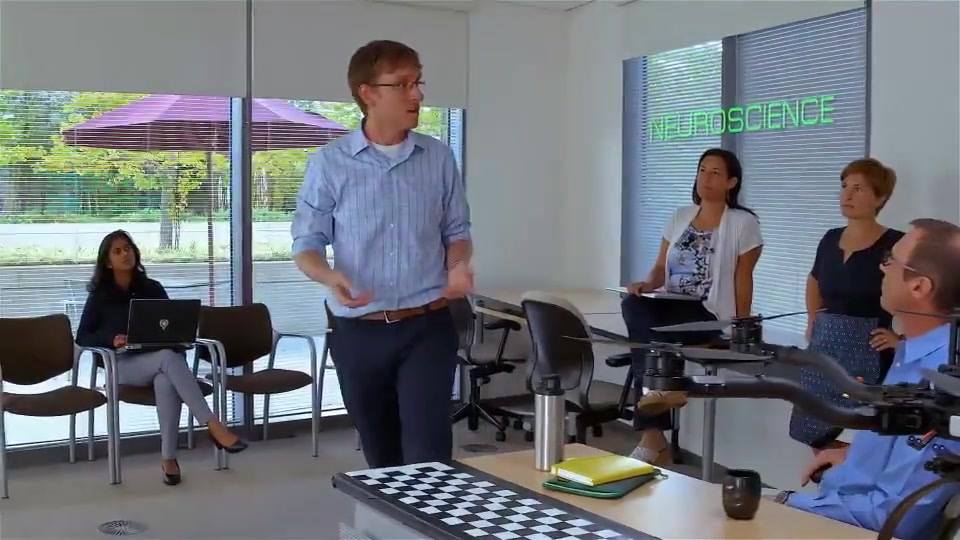
The body is under constant invasion by microbes so rejuvenation of the immune system and reduction of imflammation is a big priority for rejuvenation biotechnology.
Recent publications have proposed that aging should be classified as a disease (Bulterijs et al., 2015; Zhavoronkov and Bhullar, 2015; Zhavoronkov and Moskalev, 2016). The goal of this manuscript is not to dispute these claims, but rather to suggest that when classifying aging as a disease, it is important to include the contribution of microbes.
As recently as ~115 years ago, more than half of all deaths were caused by infectious diseases, including pneumonia, influenza, tuberculosis, gastrointestinal infections, and diphtheria (Jones et al., 2012). Since then, the establishment of public health departments that focused on improved sanitation and hygiene, and the introduction of antibiotics and vaccines allowed for a dramatic decrease in infectious disease-related mortality (Report, 1999). In 2010, the death rate for infectious diseases was reduced to 3% (Jones et al., 2012). Simultaneously, as infectious disease-related mortality rates have decreased, global lifespan has increased from ~30 to ~70 years (Riley, 2005).
Because death rates due to infectious diseases have been reduced to very low levels, we’ve forgotten about the adverse effects of microbes on our existence. The fact is, we live in a microbial world. Although there are currently ~7 billion people, in contrast, the total number of prokaryotes and viruses have been estimated at 1030 and 1031, respectively (Whitman et al., 1998; Duerkop et al., 2014). Even without including other microbes (e.g., fungi, protozoa), humans are outnumbered by more than 1021 to 1! All of these microorganisms aren’t detrimental to human health, but more than 1400 microbial species have been shown to be pathogenic (Taylor et al., 2001).
Read more









